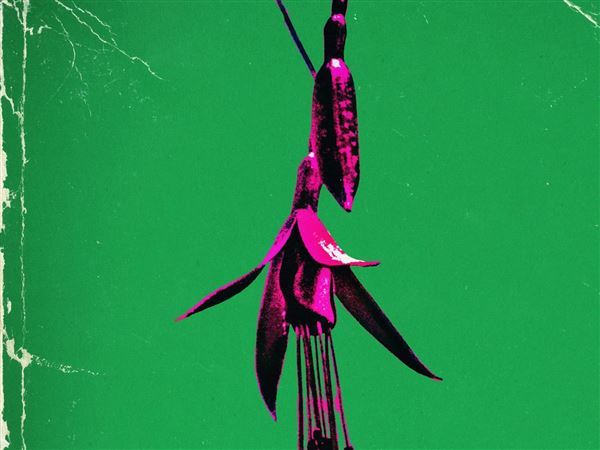The Fish and Wildlife Service is barring the door against 201 species of salamanders, making it illegal to import them or move them across state lines, the agency announced on Tuesday. Scientists hope the ban will help prevent a devastating outbreak from driving native salamander species extinct.
In 2013, scientists in the Netherlands discovered a species of fungus infecting native fire salamanders. Later research revealed that the fungus, called Batrachochytrium salamandrivorans, or Bsal, was carried by Asian salamanders that were imported into Europe as pets. While the fungus was harmless to the Asian amphibians, it was lethal to the Dutch ones.
Although Bsal has continued to spread in Europe, there is no sign that it has taken hold in the United States. But if the vigorous pet trade goes unchecked, scientists fear that it is only a matter of time before Bsal threatens some of the 190 salamander species that live in the United States. The Fish and Wildlife Service estimated that from 2004 to 2014, nearly 2.5 million live salamanders, representing 59 species, were imported into the United States.
“With the highest biodiversity of salamanders in the world here in the United States, we’re very concerned about the risk this fungus poses,” said David Hoskins, assistant director of the agency’s Fish and Aquatic Conservation Program.
Over the past year, Mr. Hoskins and his colleagues reviewed the scientific research on Bsal. They concluded that the fungus posed a serious threat to some native species. Other species may be able to withstand Bsal, but they could become carriers, spreading it to vulnerable salamanders.
Any harm suffered by salamander populations could have widespread ecological consequences. Salamanders are important predators of invertebrates like snails, worms and insects, and they make up a huge portion of the biomass in many forests.
“We’re concerned about the impact at all levels,” Mr. Hoskins said.
The Fish and Wildlife Service decided to block the transport of species of salamanders that could potentially serve as carriers of the fungus. Of the 201 species on the list, 67 are native to the United States. The agency ruled out trying to inspect salamanders, because it is difficult at a glance to tell healthy animals from ones carrying Bsal.
Violators will face fines and possible prison sentences of up to six months, and salamanders will be confiscated.
The new rule is being enacted under the Lacey Act, a law passed in 1900. Typically, the law has been used to control trade involving animals that are predators or competitors of native species, such as boa constrictors or carp. The only animals that have been previously singled out as hosts of dangerous pathogens are salmon, trout and char. But rather than banning them outright, the Fish and Wildlife Service allows the fish if they have been certified pathogen-free.
The new rule is also unusual for the speed with which it is going into effect. “We needed to move quickly,” Mr. Hoskins said.
First Published: January 17, 2016, 5:00 a.m.















